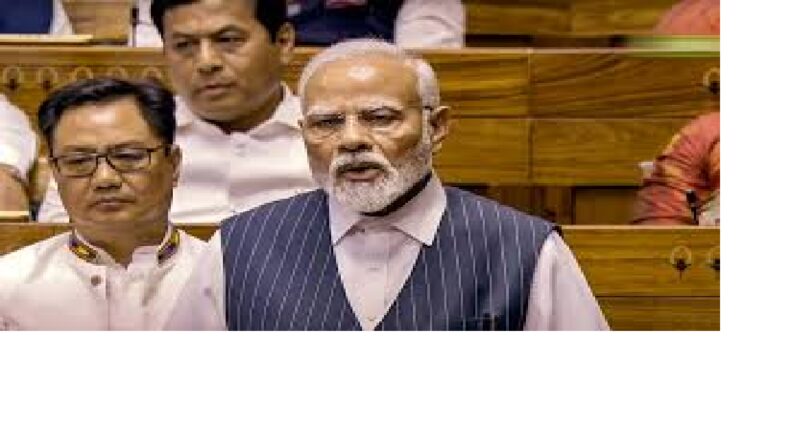The first bill introduced in the new Parliament Building by the Union government was called the Women’s Reservation Bill. The bill will encourage more participation of women in policy and decision-making. The bill was pending for 27 years for agreement. The bill introduced will reserve one-third of seats for women in the Lok Sabha. The bill is called the Nari Shakti Vandan Adhiniyam.The bill will allow all women at the state and national levels and help in the development of India by 2047.
Many political parties were urging to pass the women’s reservation bill. The bill was opposed earlier by other regional parties. The implementation of the bill will take time. The bill will come into force from the next Lok Sabha Election 2024. Prime Minister Narendra Modi, said the government is looking forward to more participation of women in the development.
History of the Women’s Reservation Bill earlier?
The Women’s Reservation Bill came into force when the government appointed a committee that recommended that 10% of seats in the Lok Sabha and State legislative assemblies should be reserved for women.In 1980, participation of women increased. The National Perspective Plan for Women recommended that 30% of seats in all bodies should be reserved for women. The timeline of the bill
1]1996-The bill was introduced but lapsed
2]1998-The bill was again introduced and failed
3]1999-The bill was presented again by the NDA government in the 13th Lok Sabha. The bill was introduced twice in 2003
4]The UPA government included it in the Common Minimum Programme.
5]In2010-the bill is passed.
The reason for less Women’s Participation in India is due to the traditional gender roles, lack of family support and economic dependency. The Women’s Reservation Bill proposed to reserve one-third of seats in the Lok Sabha and State legislative assemblies for women. The reservation bill will cease to exist after 15 years.
Amendment in the Women’s Reservation Bill
The bill introduced on Tuesday is similar to the bill passed by Rajya Sabha on March 10. The Constitution 108th amendment bill will bring 33% representation of women in the Lok Sabha. The bill also includes the representation of women from the Scheduled caste and Scheduled tribes. The bill allowed the rotation of the seats for the women, subsequently, after the delimitation exercise.
The other provision for the women’s political movement in the constitution is Article 15[3]. This provision secures women’s socio-political advancement. Article 325 provides equal rights and opportunities to both genders.
Women’s reservation in India is alarming. Gujrat has elected just 8% of women from the 182-member assembly. The national average of women in all state assemblies remains around 8%. Indian reservation of women also falls behind the neighbouring countries, India, Pakistan, and neighbouring countries.
Conclusion -Response of Prime Minister on the bill
Prime Minister Narendra Modi called himself the chosen one for empowering the women. He urged in the session of Parliament to pass the bill, dubbed by the government.












